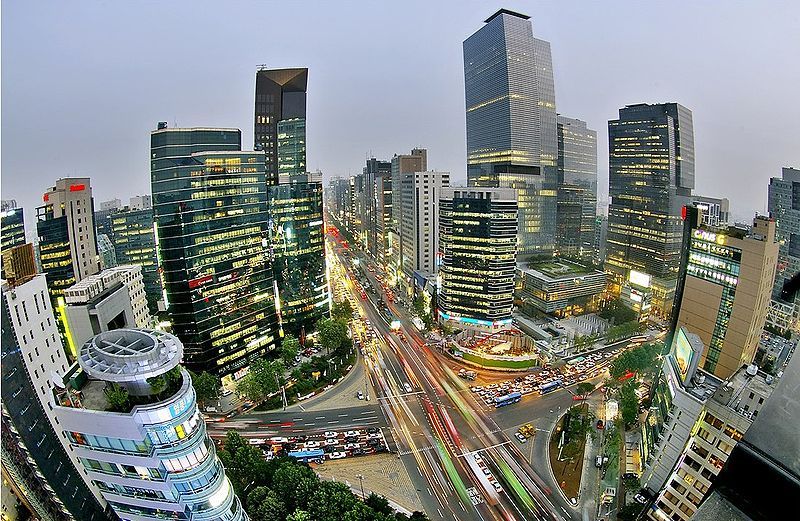UN report says Asia and Pacific cities need action on sustainability
The UN launched a new report on Monday that warns of unprecedented population growth in urban areas of the Asia and Pacific

The United Nations launched a new report on Monday that warns of unprecedented population growth in urban areas of the Asia and Pacific and highlights the urgent need to boost sustainability in the region.
The Asia and Pacific region is home to 17 of the world’s megacities, with populations over 10 million, and the shift is putting them under increasing pressure.
Shamshad Akhtar, the Executive Secretary of the UN Economic and Social Commission for Asia and the Pacific (ESCAP) said: “Urban demographics will magnify our challenges, as they accompany steeper growth in national outputs, which already outpace population growth. Growing demand will increase policy and resource pressures, as our cities will be home to a middle class of 2 billion people by 2050.”
The report, titled State of Asian and Pacific Cities 2015: Urban Transformations’ shifting from quantity to quality, was compiled by ESCAP and the UN Human Settlements Programme (UN HABITAT) and addresses the growing gaps between current urbanisation patterns and the requirements of shifting to a more sustainable urban future.
The study was launched during the Sixth Asian Pacific Urban Forum (APUF-6) in Jakarta, Indonesia, and states that by 2018 the region will have more than half of its population living in urban areas.
The study also says that a further one billion people will be added to the region’s cities by 2040 and by 2050 the urban population in Asia and the Pacific will reach 3.2 billion.
The reports also found that the region will have 22 megacities by 2030.
The ESCAP and UN-HABITAT study says that youth employment, rising number of urban poor, lack of rights, rising urban living costs, lack of access to adequate services and housing are the key challenges facing the rapidly growing urban populations.
The report highlights the environmental challenges facing the regions cities including deteriorating air standards and water pollution.
Asia Pacific urban centres are also highly vulnerable to natural disasters and impacts of climate change with poor and disadvantaged communities being most at risk.
Ms. Akhtar said: “Our region has demonstrated, in a range of cities, how sound leadership, sustainability and financial capacity can catalyse the essential change that we need. We must address the power-sharing gaps between local and central government; the financing gaps in local government budgets and investment; and the capacity gaps of local governments in promoting strategic and future-oriented urban planning.”
The says the recently adopted 2030 Agenda and the 17 Sustainable Development Goals (SDGs) that were agreed by world leaders at the UN General Assembly in New York in September provides a crucial framework to tackle these challenges as it includes a dedicated target that addresses sustainable urban transformation.
